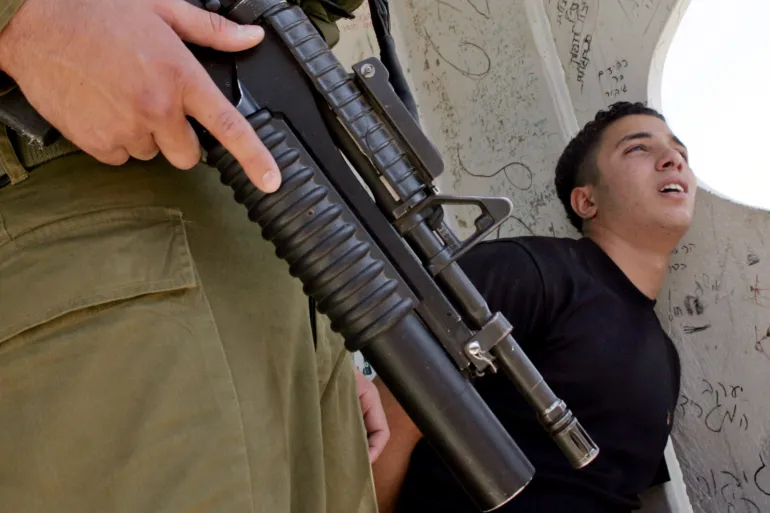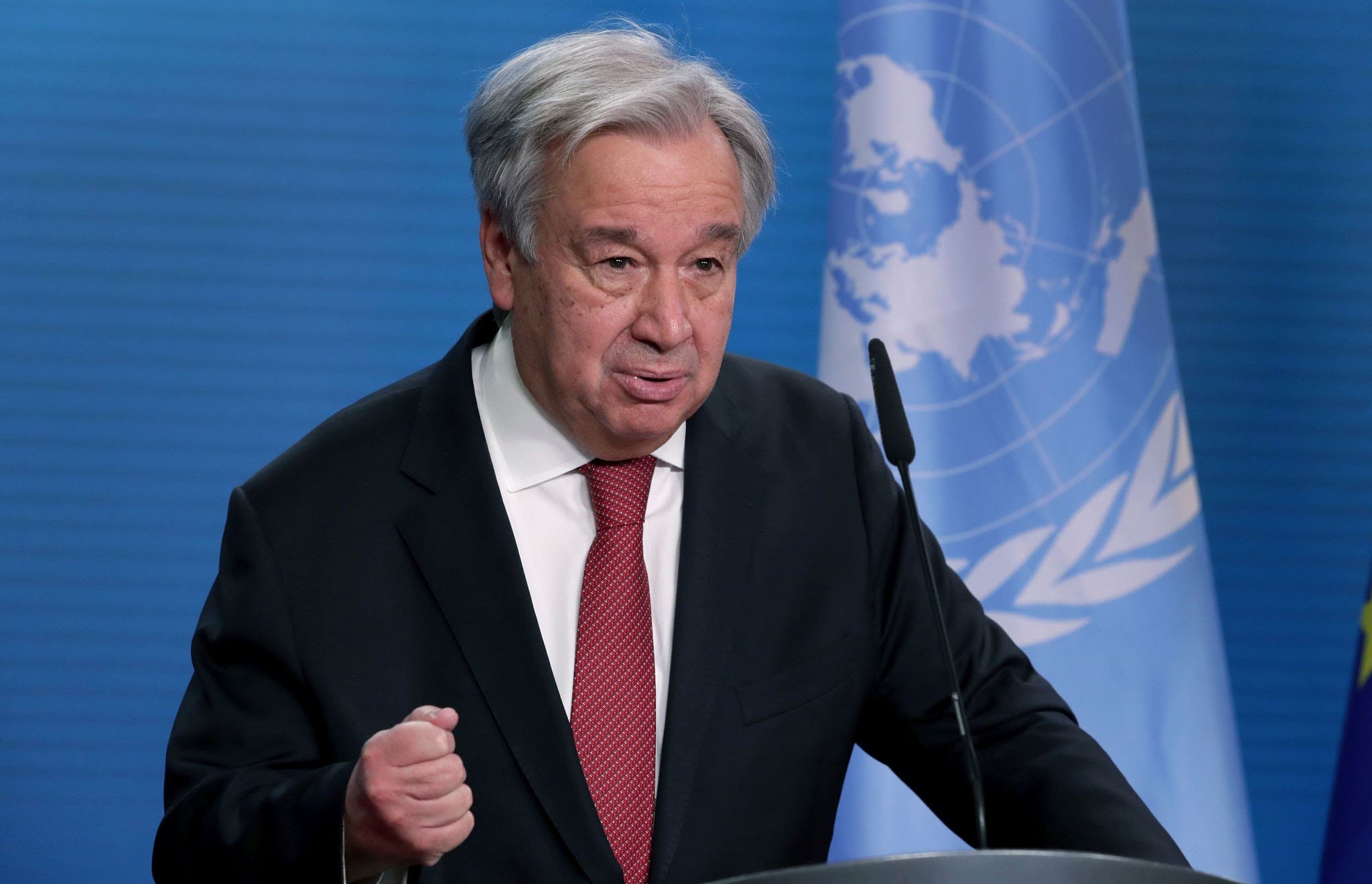Hamas’ systemic use of sexual violence against hostages is among the most grotesque acts of inhumanity detailed in the Israeli Ministry of Health’s report.
These aren’t isolated incidents or the actions of rogue individuals; they are deliberate, calculated tools of terror designed to humiliate and dominate. Victims, including women, men, and even children, endured horrors that defy comprehension. Sexual violence wasn’t just a weapon—it was a sick form of entertainment for the captors, who inflicted unimaginable trauma on their victims while reveling in their suffering.
Women Forced to Undress and Assaulted
Women were repeatedly forced to strip naked in front of leering Hamas terrorists, their dignity torn away as their captors degraded them for sport. This wasn’t mere voyeurism—it was calculated humiliation weaponized to shatter their spirits and erase their humanity. Survivors described the unbearable anguish of standing powerless and exposed before groups of captors who laughed, taunted, and sneered, deriving sick pleasure from their suffering. Every act was steeped in malice, every stare a violation, as the women were reduced to objects of ridicule and sadistic entertainment.
The cruelty didn’t stop there. Survivors recounted how they were forcibly tied to beds, their arms and legs immobilized, left completely exposed while their captors watched, taunted, and threatened them. These weren’t fleeting moments of humiliation but prolonged ordeals of psychological and physical torture. Some women were kept bound for hours, their captors pacing around them, hurling vulgar insults, and making degrading comments about their bodies. For many, this torment escalated into brutal sexual assaults, a horrifying escalation of the captors’ campaign to destroy their victims’ sense of self-worth.
In one of the most grotesque testimonies, a survivor described being sexually assaulted at gunpoint, her attacker holding her at his mercy while she cried and begged for her life. The captor laughed. To him, her tears and terror were the ultimate victory, the ultimate proof of his control. The trauma didn’t end when the assault did; it became a permanent scar on her body and psyche. Survivors of such horrors spoke of the chilling sound of laughter echoing in their minds, a sound that would haunt them long after their release.
For others, the assault wasn’t confined to a single perpetrator. Women were made to endure the horrific cruelty of group assaults, where multiple captors took turns violating their bodies. Some were dragged into isolated rooms and subjected to repeated abuse over the course of days. Others were left in shared spaces, their suffering put on display for other captives to witness, a deliberate tactic to break the collective morale and sow fear and helplessness among the group.
The sheer perversity of these acts extended beyond physical violations. Captors forced some women to perform degrading acts on command, reveling in their ability to control their victims’ every move. For those who resisted, the punishment was swift and brutal: savage beatings, starvation, or threats to harm their loved ones. These threats weren’t idle; captors often reminded the women that their families, including their children, were within reach, leveraging that fear to force compliance.
Hamas’ cruelty knew no limits. Some women were assaulted while still bleeding or injured from the initial attacks that had brought them into captivity. Their captors, showing complete disregard for their pain and vulnerability, saw their injuries not as reasons for care but as opportunities to inflict even greater suffering. These assaults often left victims with lasting physical injuries—tears, bruising, internal damage—that went untreated, compounding their pain and ensuring that their bodies carried the evidence of their trauma long after their release.
This wasn’t mere opportunistic depravity; it was part of a larger, calculated system of domination and terror. Hamas used sexual violence as a deliberate tool to assert their power, not just over the victims but over their entire communities. For women, the assault wasn’t just physical—it was deeply psychological, a way to strip away every ounce of dignity and leave them feeling broken and unworthy of life. The effects of these assaults extended to their families, who would later struggle to help their loved ones cope with the aftermath of such unspeakable horrors.
This systemic use of sexual violence reveals a mindset not just of indifference but of pure, calculated evil. It is the hallmark of an organization that revels in dehumanization, that thrives on the powerlessness of its victims, and that has made cruelty its most potent weapon. These weren’t crimes of passion or momentary lapses of judgment; they were deliberate, orchestrated atrocities designed to instill fear, dominate, and leave scars—physical, psychological, and generational.
The women who survived these horrors face a lifetime of recovery. For some, the scars on their bodies are matched only by the weight of the shame and trauma they’ve been forced to carry. Their captors intended to destroy them, not just in those moments of violation but forever. The world must see these acts for what they are: not merely crimes of war, but crimes against humanity, inflicted by monsters who took pleasure in erasing the humanity of others. And the world must act, ensuring that these heinous atrocities are remembered, confronted, and never allowed to happen again.
Men Subjected to Sexual Humiliation
Hamas didn’t limit its sadistic cruelty to women and children; men, too, were subjected to unimaginable humiliation and sexual violence, a horrifying attempt to obliterate their sense of identity and self-worth. These weren’t moments of rage or impulsive acts of depravity. No, this was calculated, systematic brutality, designed to tear apart the very fabric of their victims’ humanity. Men were targeted specifically for their masculinity, a cornerstone of their identity that their captors sought to degrade, mock, and destroy.
Survivors recounted being bound and immobilized, rendered completely defenseless as their captors leered over them, mocking their helplessness. Many were molested in ways so vile they could barely bring themselves to recount the details. This wasn’t just physical abuse—it was a form of psychological warfare, a direct attack on their dignity as men. Some were stripped naked and paraded in front of other hostages, their captors laughing as they reduced their victims to objects of ridicule and shame. Imagine the unbearable humiliation of being forced to stand exposed before peers, stripped not just of clothing but of every last shred of privacy and self-respect, while sadistic captors jeered and gloated.
For some, the torment escalated to outright sexual violence, acts of grotesque domination that left scars far deeper than the physical injuries. Men were forced to endure unspeakable violations while their captors mocked their inability to fight back. Survivors described the crushing weight of helplessness, the inability to protect themselves, and the anguish of knowing that even their own bodies had become weapons in their captors’ campaign of terror. Some were coerced into degrading acts, forced to comply under threat of further violence or harm to other hostages.
The psychological toll was catastrophic. For these men, the attacks weren’t just physical; they were assaults on their very identity. Masculinity, often tied to ideas of strength and resilience, was systematically dismantled by captors who reveled in their victims’ powerlessness. Every act of molestation, every degrading comment, every mocking laugh was a deliberate effort to reinforce that powerlessness. Many survivors spoke of feeling completely dehumanized, as if they were no longer men but mere objects for their captors’ twisted amusement. This wasn’t just violence—it was a deliberate, sadistic effort to break them from the inside out.
The degradation didn’t stop with the assaults. Captors often used the victims as tools of intimidation for others. Some were forced to perform humiliating acts in front of their fellow hostages, turning their suffering into a spectacle meant to terrify and control the group. The victims bore not only the weight of their own trauma but the guilt of having been made unwilling participants in the captors’ campaign of psychological domination.
In one horrifying account, a man described being tied up and forced to endure repeated assaults while his captors laughed and taunted him, telling him he wasn’t a man anymore. Another survivor recounted being forced to kneel for hours in excruciating positions while captors hurled vulgar insults and spat on him, all while making sexually degrading comments. For many, the torment extended well beyond the physical—captors deliberately instilled fear, shame, and humiliation, ensuring that the scars of these events would linger long after their release.
The trauma inflicted on male hostages wasn’t merely about their bodies; it was about domination and erasure. By targeting their masculinity, Hamas sought to rob them of the very qualities they might draw strength from—pride, confidence, resilience. For these men, the aftermath of their captivity often involved grappling with deep-seated feelings of shame and emasculation, compounded by the societal stigma around male victims of sexual violence. Many survivors struggled to even speak of their experiences, afraid of being judged or dismissed, their silence a testament to the effectiveness of their captors’ cruelty.
The world must recognize these horrors for what they are: deliberate crimes of dehumanization, inflicted with the intent to destroy not just individuals but the very concept of humanity. These acts weren’t just an attack on their bodies—they were an attack on their identity, their dignity, and their right to exist as whole, unbroken people. The survivors of these atrocities deserve not only justice but acknowledgment, a recognition of the unspeakable torment they endured and the immense courage it takes to rebuild in the aftermath of such inhumanity.
Children Violated in Unspeakable Ways
Perhaps the most heinous accounts involve children. While their ages and identities remain protected for their safety, testimonies reveal that children were not only witnesses to the depravity inflicted on adults but were themselves victims of unimaginable abuse. From physical assaults to outright violations, their innocence was obliterated by captors who saw them as nothing more than tools of terror. A child described the unbearable shame of being forced to watch as family members were brutalized, their captors laughing and jeering all the while.
The Toll of Sexual Violence
The survivors of these atrocities face a lifetime of recovery, but for many, the damage is permanent. Physical wounds will heal, but the psychological scars—the shame, the humiliation, the loss of humanity—will linger indefinitely. The families of these victims, too, carry the burden, haunted by the knowledge of what their loved ones endured and the permanent scars left on their bodies and souls.
This wasn’t collateral damage or the fog of war. This was deliberate, systematic, and deeply personal terrorism, carried out by an organization that thrives on suffering and uses the destruction of human dignity as a tool of war. Hamas’ use of sexual violence is not only a crime against its victims but an affront to humanity itself. It demands justice—not just for the survivors but for the very concept of human decency.






